1921 (Taisho 10) Saturday, December 3 Yoji Suhara, the future president of Mitsubishi Pencil, was born in Shinagawa Ward, Tokyo. My father was Saburo Suhara, a factory manager at Yamato Pencil (later Mitsubishi Pencil).
The pencil industry in Japan started in the early Meiji period. Two people exhibited pencils made in Japan at the First National Industrial Exhibition in 1877 (Meiji 10). One is Uhachiro Koike from Tokyo and the other is Gengo Hiwatari from Sendai.
Sendai has a remarkable story. In 1855, a black ship arrived at Ishinomaki Port in the Sendai Domain with 15 people on board, including US Navy serviceman John M Brook. They gave him pencils, which he saw for the first time, and Kanpei Chiba of the Sendai Domain left detailed sketches of them. It is said that Gengo Hiwatari made the first pencil in Japan in the following year, 1856.
Uhachiro Koike in Tokyo also takes a different route to learn how to make pencils. Tanehiro Fujiyama and Naoki Iguchi, 2 of the 17 students of the new Meiji government who were sent to the World Exposition in Vienna in 1873, brought back the pencil production method from Europe. It is said that Fujiyama brought back the research results of the KOH-I-NOOR Pencil Factory in the Czech Republic, and Iguchi brought back a copy of the illustration of the manufacturing machine of the pencil factory in Germany. The Uhachiro Koike, who learned the techniques from these two men, opened the Koike Pencil Factory near Nerima Kotokuji Temple in 1874 (some believe it was Ginza).
Both Hiwatashi and Koike were small factories. In 1887 (Meiji 20), Niroku Masaki from Takao, Kose-mura, Saga Domain, established Masaki Pencil in 1 Naito Shinjuku, Yotsuya-ku, Tokyo (currently 1 Naito, Shinjuku-ku). Jinroku Masaki was originally an employee of the erector and merchant company. Okitsuko-sho is a trading company established in 1874 by Shigenobu OKUMA to export art and products to the tea merchant in Saga, Gisuke Matsuo. Masaki was dispatched to the World Exposition held in Paris in 1878 (Meiji 11), where he was impressed by the pencils exhibited there, and established Masaki Pencil after returning to Japan.
By the end of the Meiji period, there were over 40 pencil manufacturers, and the Tokyo Pencil Manufacturing Association was established in 1912 (Meiji 45). In the early Taisho period, domestic pencils accounted for 60% and imported pencils 40%, but when the First World War broke out in 1914, the number of pencils imported from Germany stopped and domestic pencils factories increased rapidly. On the contrary, in overseas markets, Japanese pencils replaced German pencils, creating an unprecedented boom in the Japanese pencil industry. The introduction of the latest overseas production facilities led to rapid progress in the mechanization and industrialization of factories.
Against this backdrop, a new pencil factory, Yamato Pencil, was established in 1918. The investor is Hara Tomitaro, a leading figure in the Yokohama business world. He was the son-in-law of Zenzaburo Hara, a wealthy merchant in Yokohama who built a huge fortune by exporting raw silk and silk. He was also the head of Hara Zaibatsu, the president of Teikoku Silk, and owned influential silk-reeling factories including Tomioka Silk Mill. He was also the president of Yokohama Kokshin Bank, which is now Yokohama Bank. We will keep the traces in Sankeien in Honmoku, Yokohama.
From Doshisha, he worked for the Governor-General of Taiwan, then became an employee of Samuel Shokai (present Royal Dutch Shell), and Kenzi KONDO, who became a businessman, became the president of Yamato Pencil Co., Ltd. Hitoshi TAKASAKI, who studied pigment in colored pencils at the plant of the Department of Applied Chemistry at Kuramae Higher Technical School, became the plant manager. Daiwa Pencil developed a business centered on colored pencils, not graphite brushes. However, Takasaki left the company in 1919, the year after the company was established, due to a disagreement with Kondo. In 1922 (Taisho 11), Saburo Kazuhara, a graduate of the Department of Applied Chemistry at the Tokyo Institute of Technology (now Tokyo Institute of Technology), became the plant manager of Yamato Pencil Co., Ltd.
Masaki-Yamato Pencil merged with Masaki Pencil in April 1925 (Taisho 14) to form Masaki-Yamato Pencil. Immediately before the merger, Masaki Pencil founder Jinroku Masaki died suddenly, and Kenji Kondo, who was the president of Daiwa Pencil Co., Ltd., became president of the new merged company. Saburo Suhara was appointed as Director of Masaki Daiwa Pencil Co., Ltd.
By the way, one of the product brands Masaki Pencil used was Mitsubishi. It has nothing to do with Mitsubishi Zaibatsu of Yataro Iwasaki. The name was used in 1901 when Mas 34 aki Pencil Co., Ltd. delivered “Office Pencil” to the Ministry of Communication, and the name “Mitsubishi” and the logo mark of “Three Diamonds” were registered as trademarks in 1903 (Meiji 36). It was 11 years before Mitsubishi Zaibatsu registered its trademark in 1914. In other words, Masaki Pencil registered the name “Mitsubishi” and the logo of “Three Diamonds” first.
In July 1945 20, just before the end of the war, Saburo Suhara was appointed president of Masaki-Yamato Pencil. In April 23 1948, Yoji Suhara (26), the second son of Saburo, who graduated from Kyoto University’s Graduate School of Industrial Chemistry, joined Mitsubishi Pencil. In 27 1952, Masaki-Yamato Pencil changed its name to Mitsubishi Pencil. In February 35 1960, Saburo Suhara (70) handed over the position of president to his son Yoji Suhara (39) and retired as chairman.
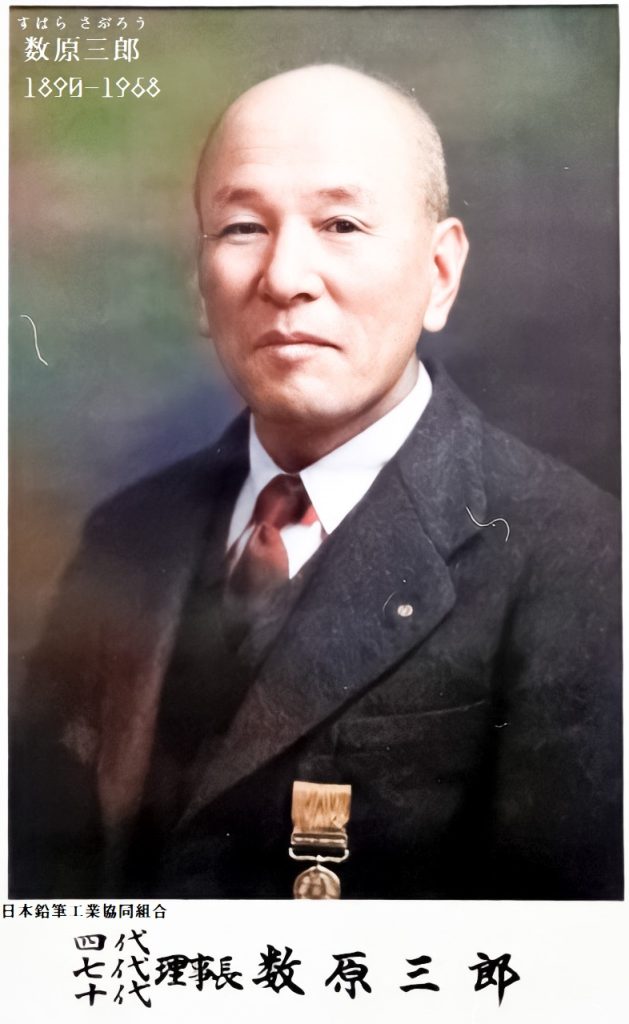
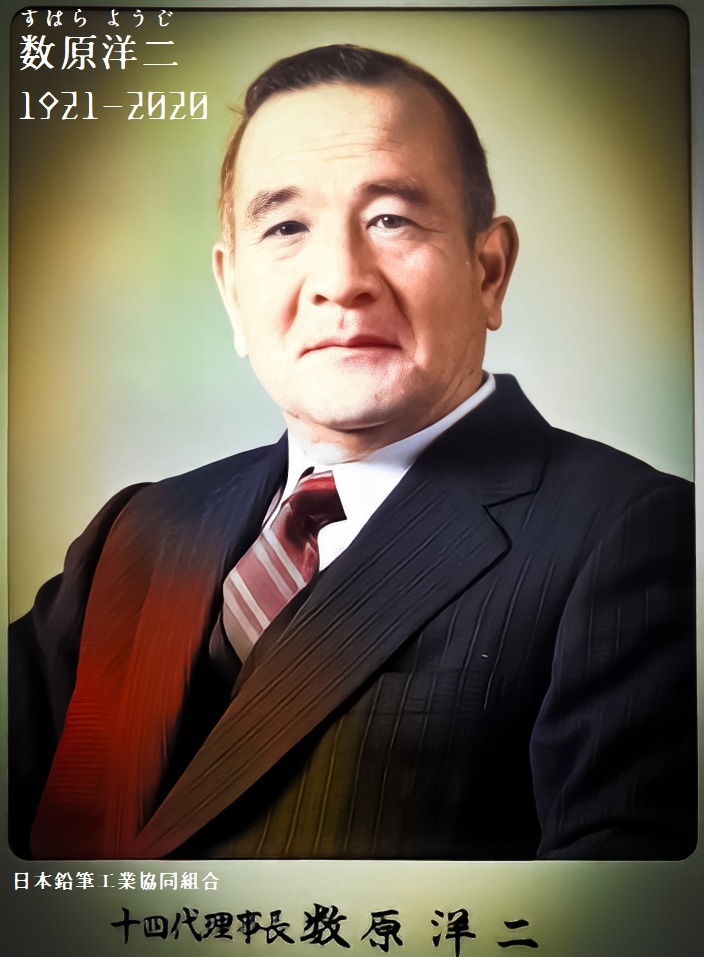
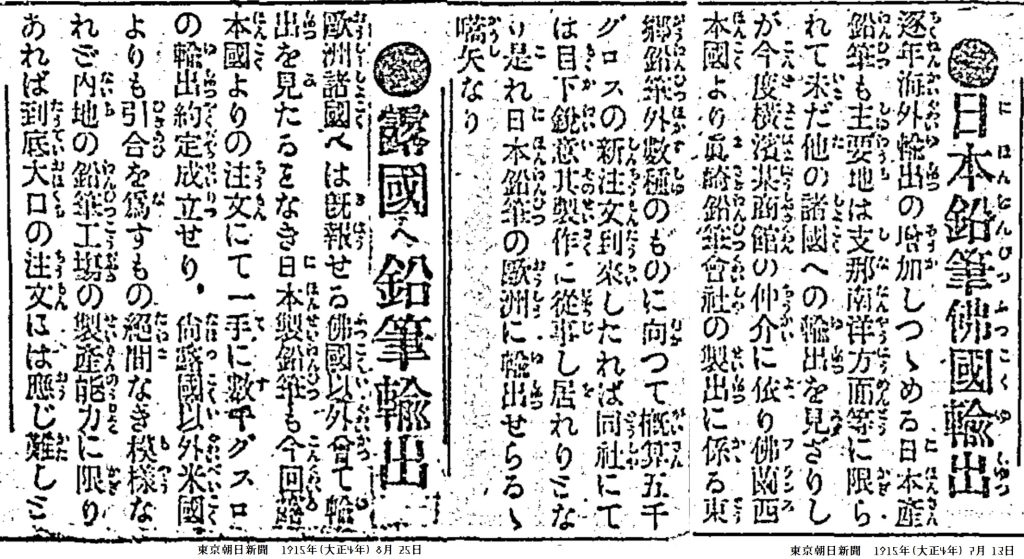
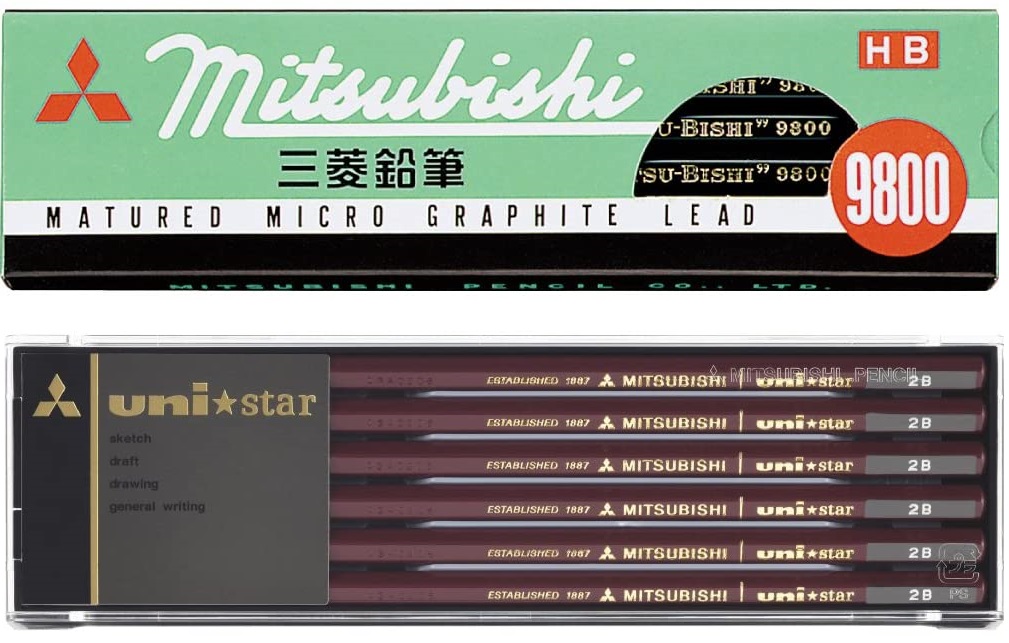
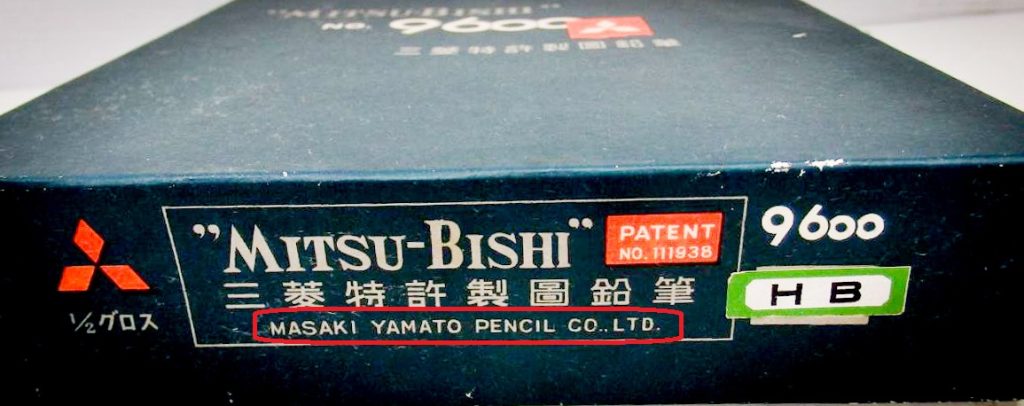
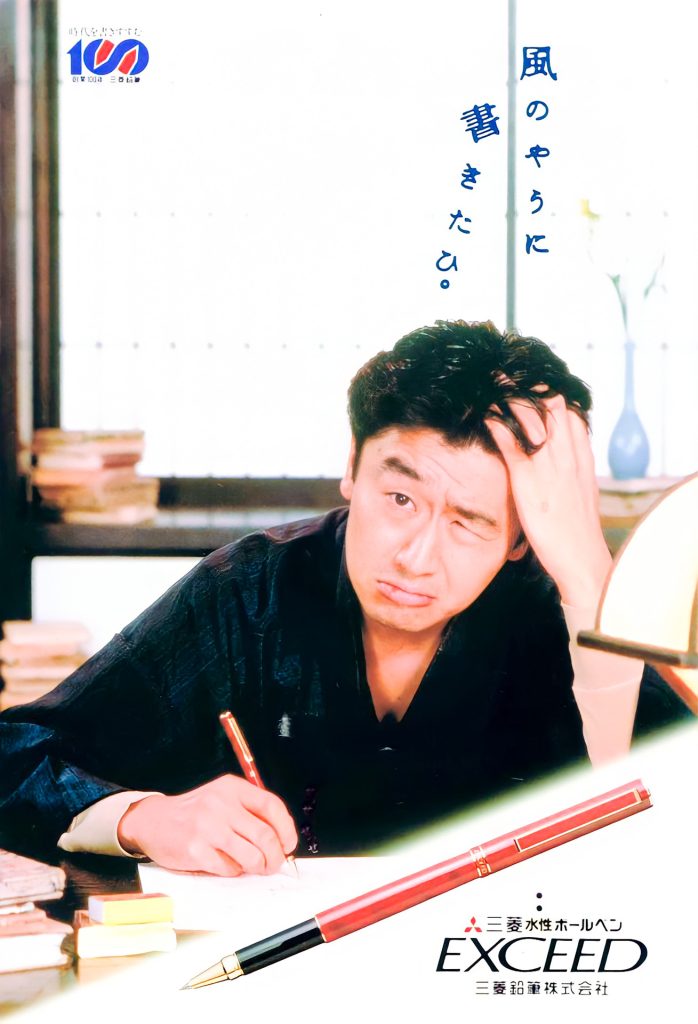

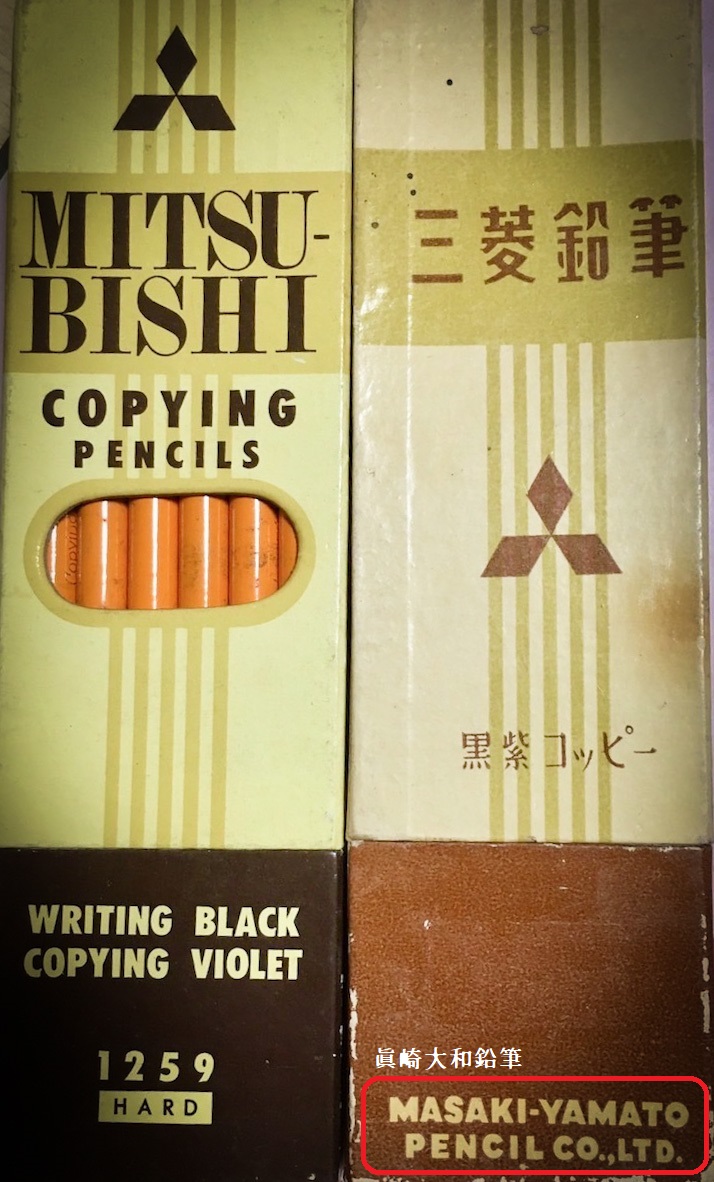
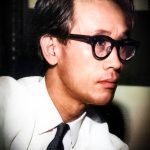
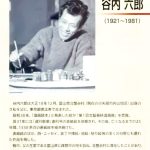
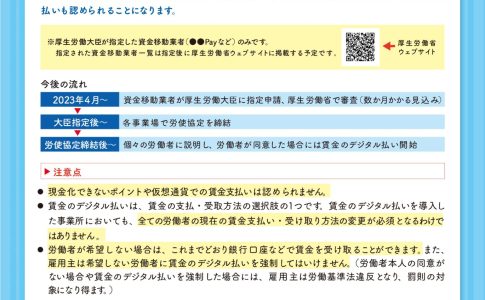
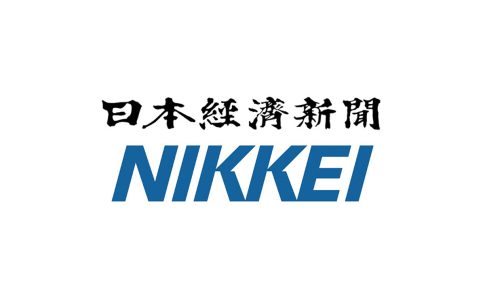

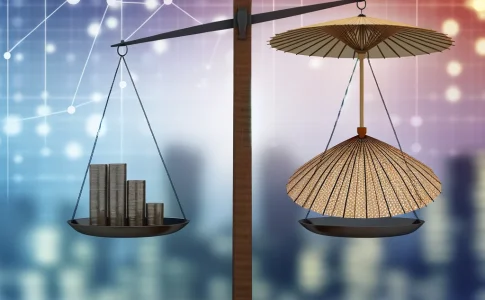
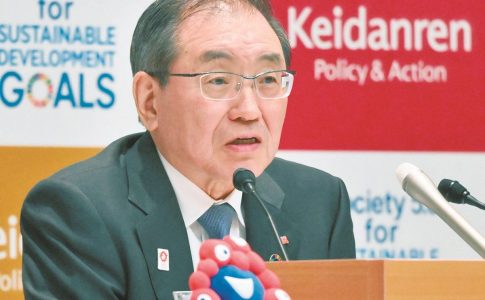

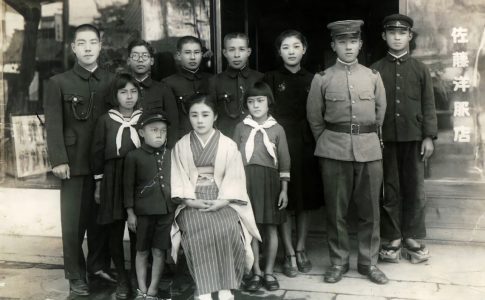
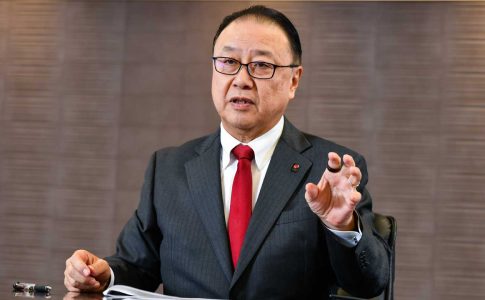
Leave a Reply